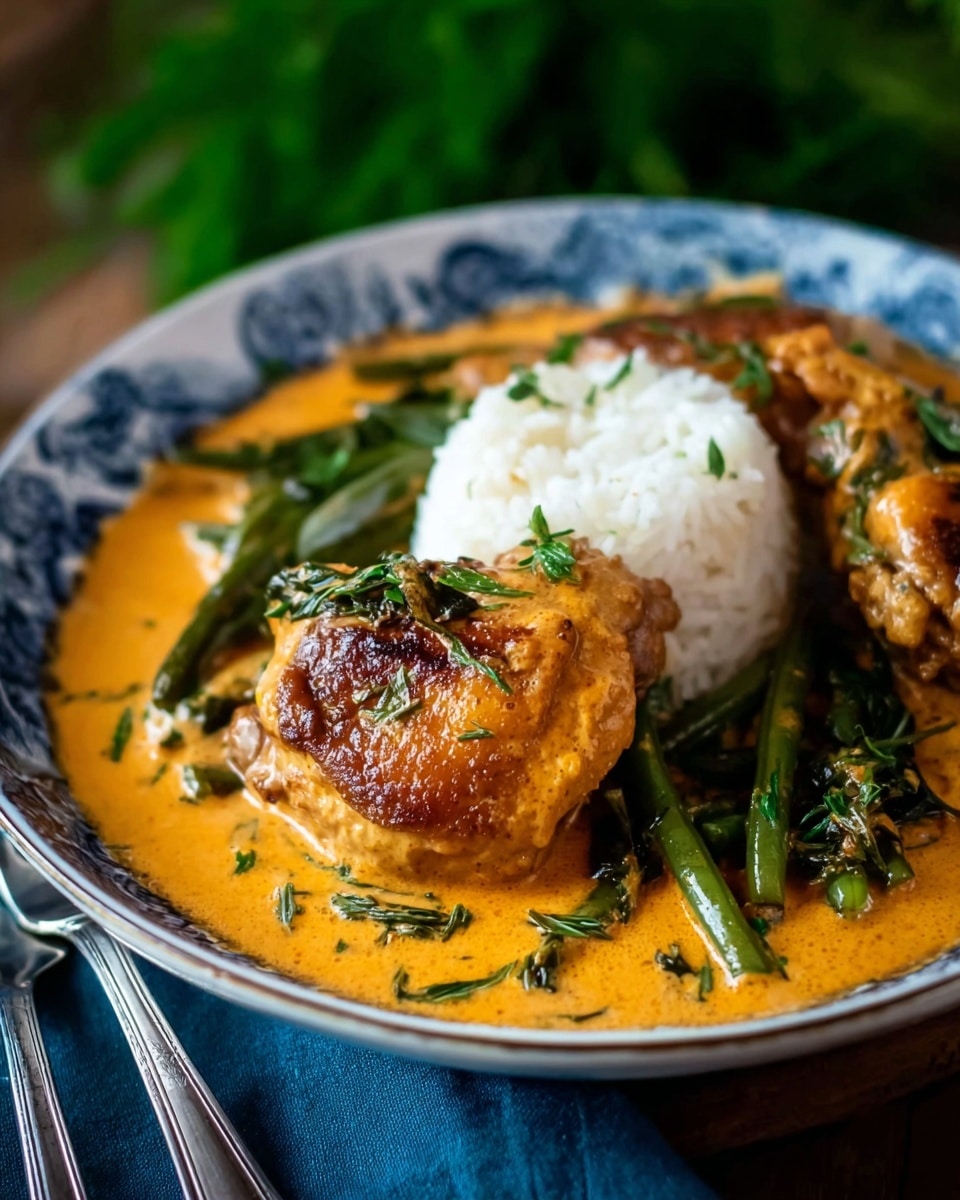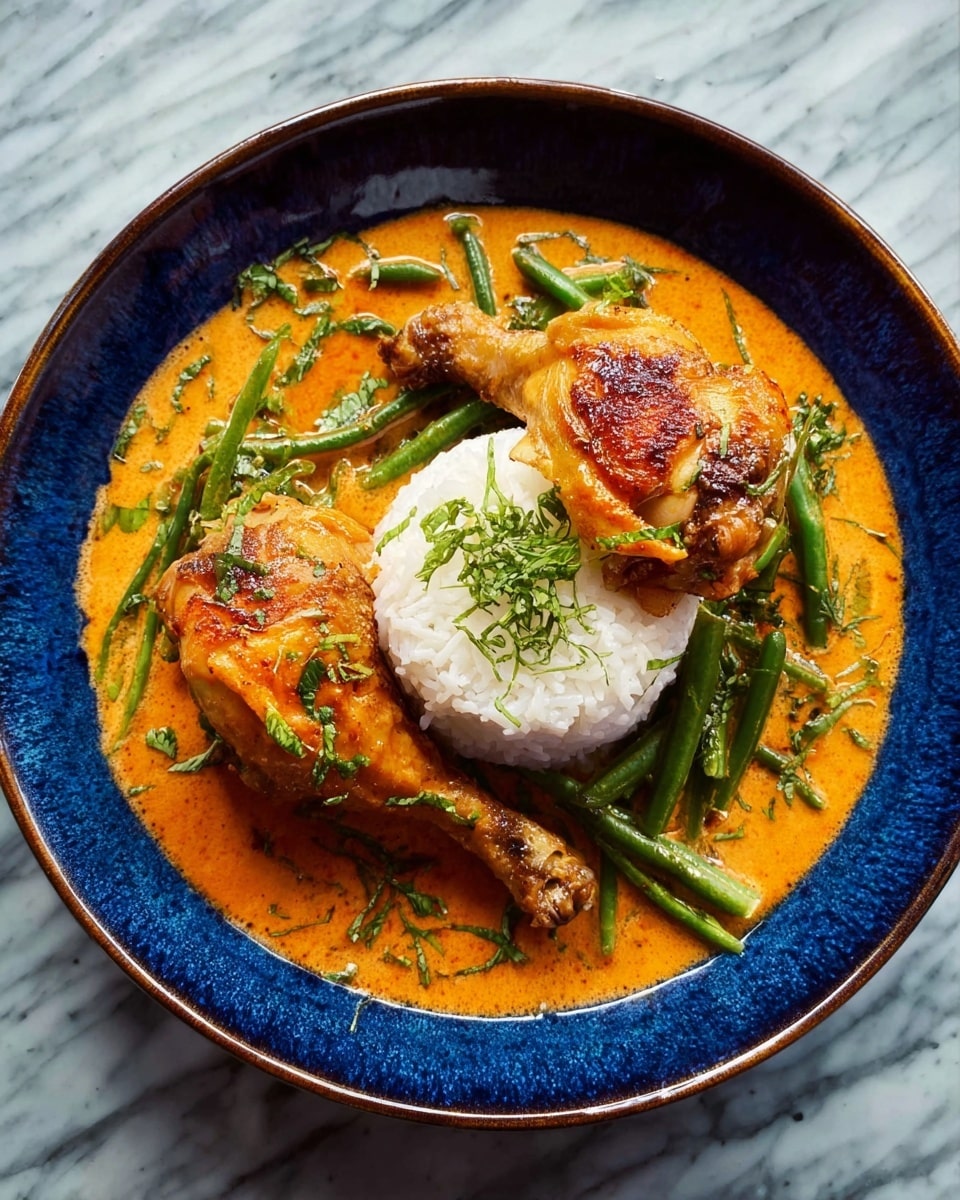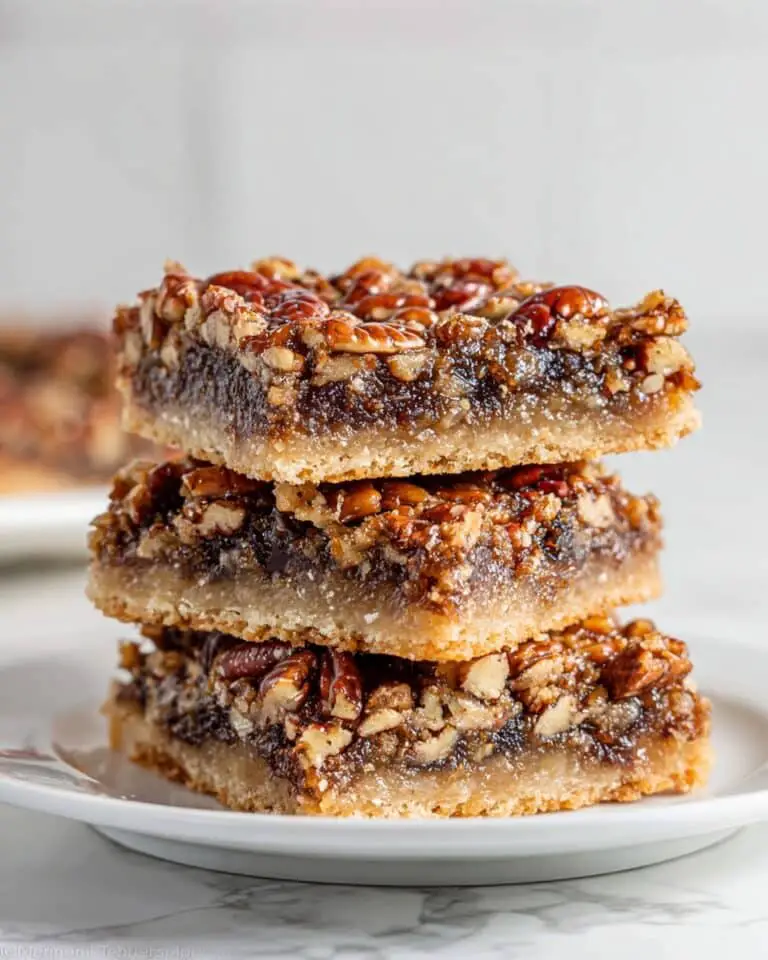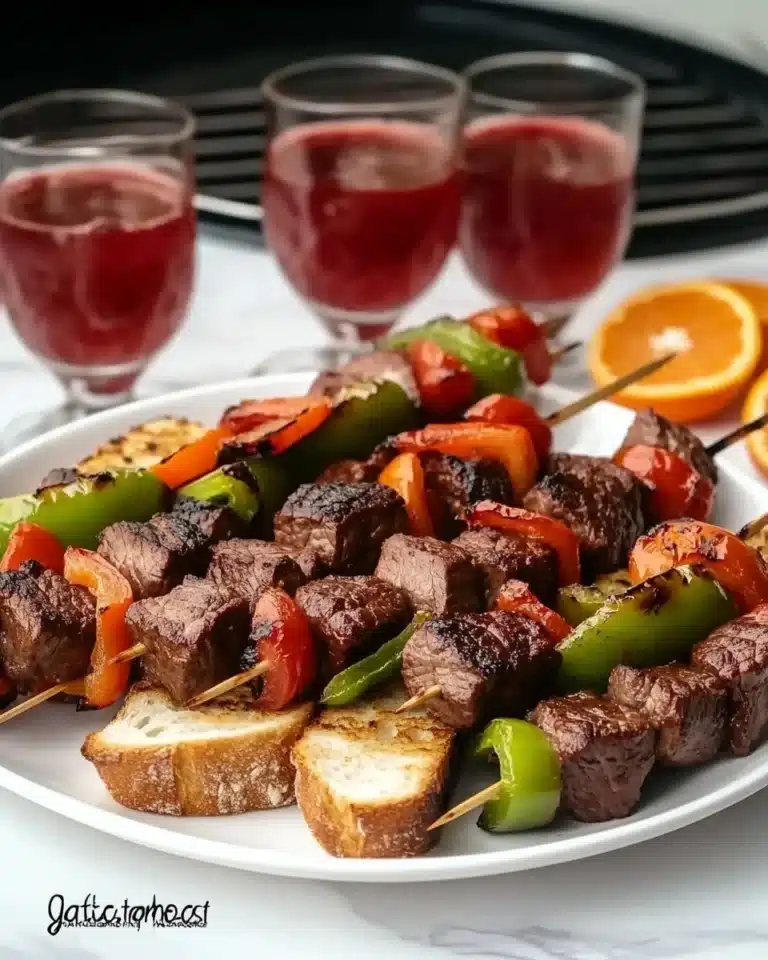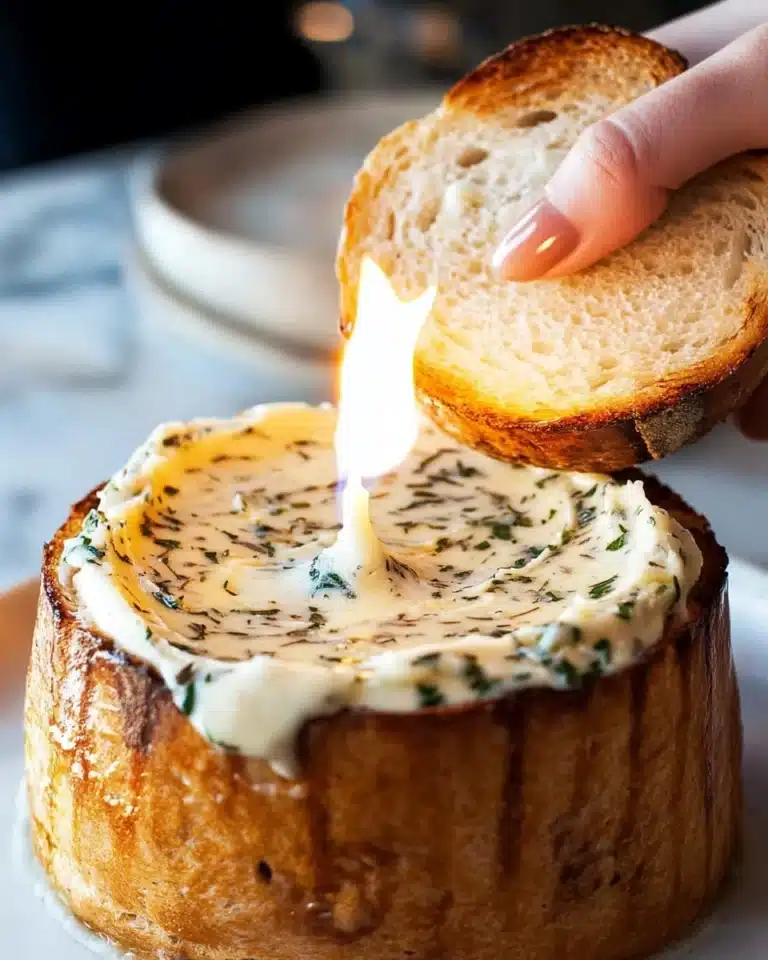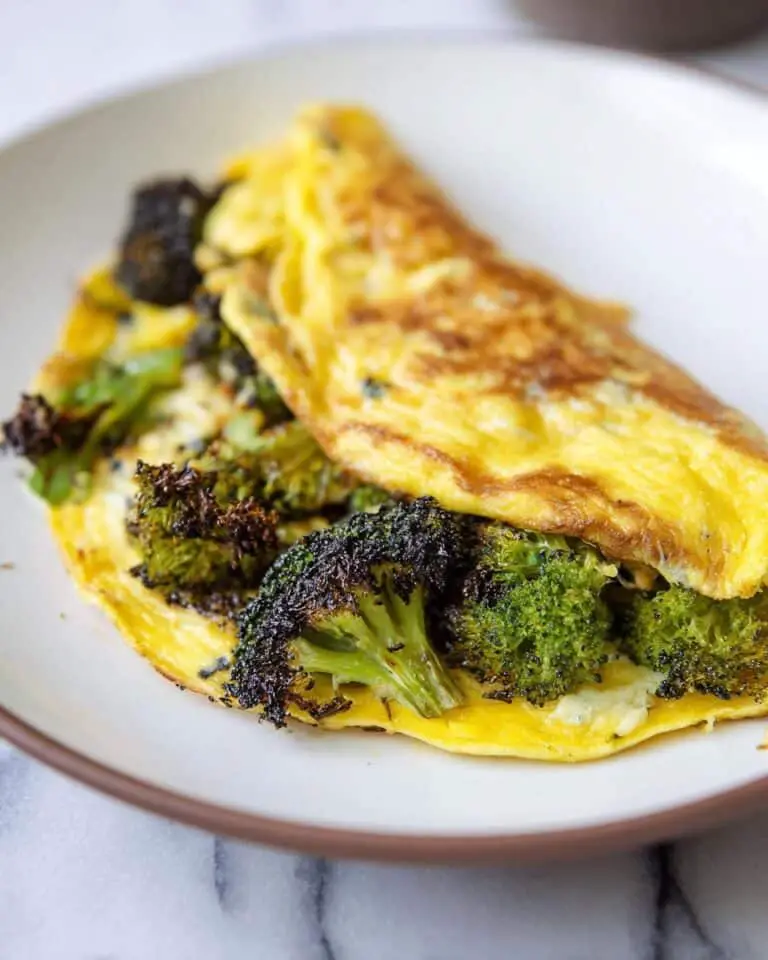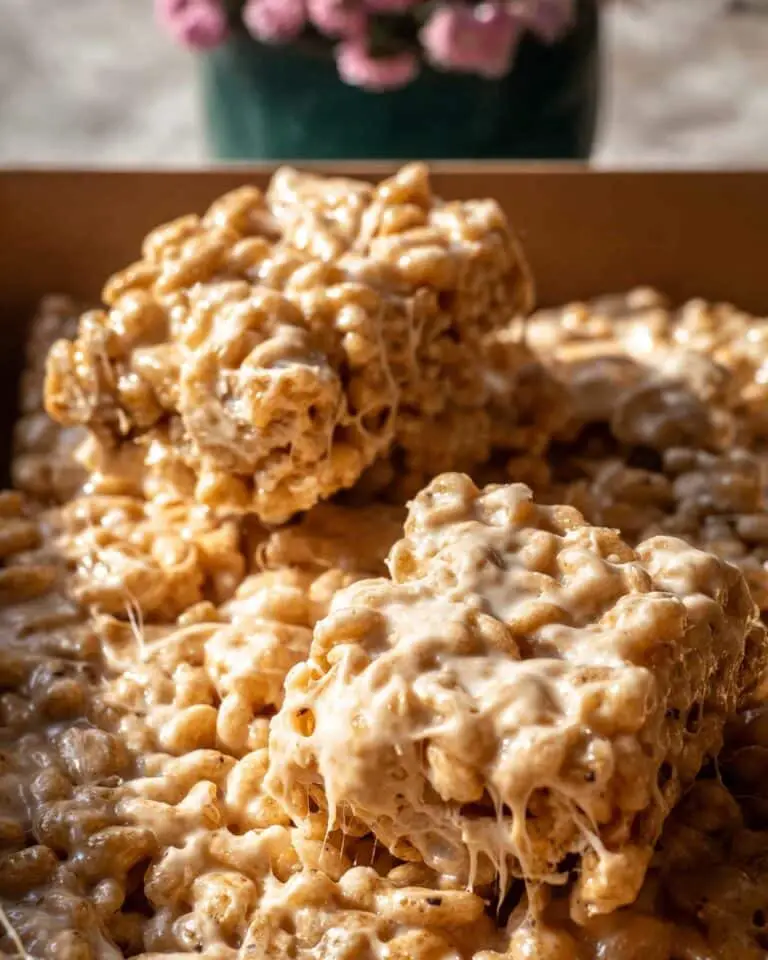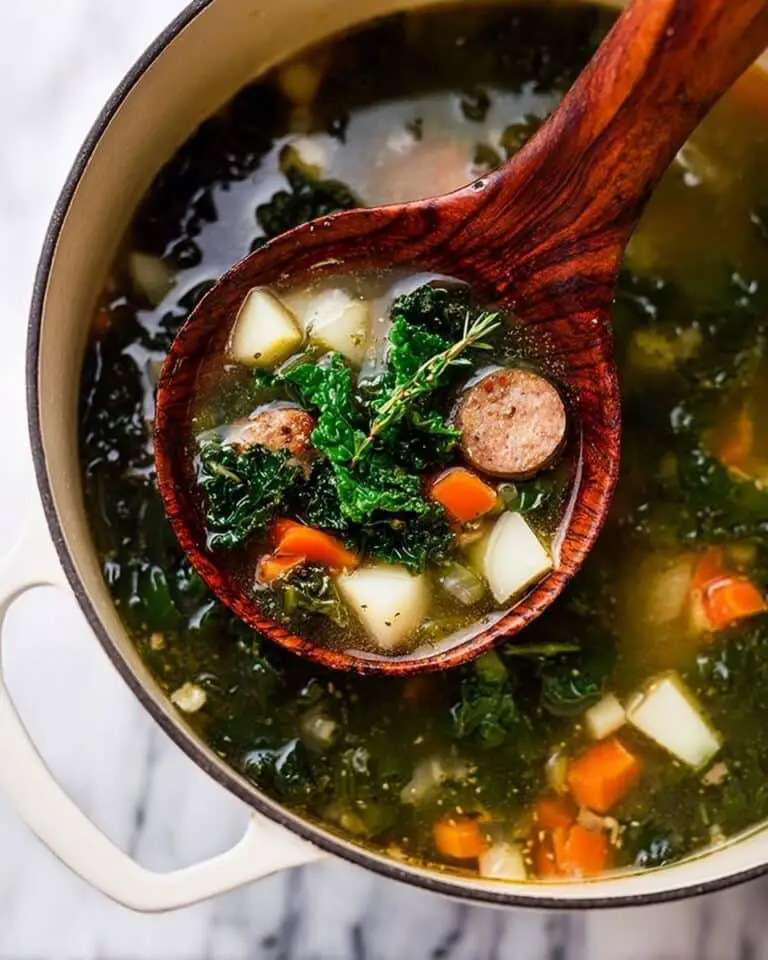If you’re looking to try something a little adventurous and absolutely delicious, my Pheasant Curry with Spicy Coconut Sauce Recipe is hands down one you’ll want to keep in your arsenal. This curry brings that perfect balance of spicy, tangy, and creamy that made me fall head over heels the first time I made it. The pheasant—something I used to feel nervous cooking—turns out tender and flavorful, especially vibrant with this luscious coconut sauce that has the right kick without overwhelming the delicate gamey flavor. Stick with me, and I’ll walk you through exactly how to nail this dish at home!
Why You’ll Love This Recipe
- Unique Flavor Profile: The warming spices combined with tangy tamarind and creamy coconut create a curry unlike any other pheasant dish.
- Beginner Friendly: Despite involving game meat, the recipe is straightforward, guided with tips to ensure your pheasant turns out tender and juicy.
- Perfect Balance of Heat and Creaminess: The Kashmiri chili powder gives gentle heat without overpowering the dish, perfect if you want spice with subtlety.
- Impresses Guests and Family Alike: Every time I serve this, friends ask for seconds and the recipe—it’s an absolute crowd-pleaser.
Ingredients You’ll Need
The magic of this Pheasant Curry with Spicy Coconut Sauce Recipe is really in the spices and fresh aromatics that build up the flavor layer by layer. When shopping, aim for fresh ginger and garlic for the best flavor punch, and try to find good-quality tamarind pulp—it makes a world of difference for that characteristic tang.
- Pheasant: Opt for a medium-size bird around 750g for perfect serving size and tenderness.
- Cumin, Coriander, Kashmiri Chilli Powder, Turmeric: Ground spices that provide warming aromas and subtle earthiness.
- Salt: Essential for seasoning both the meat and the sauce to bring out all the flavors.
- Tamarind Pulp: Gives the curry a bright, sour note that balances the richness of coconut milk.
- Garlic and Ginger: Fresh is best here for their punchy, fragrant qualities.
- Shallot and Tomato: Add natural sweetness and a slight tang to the sauce base.
- Green Finger Chilli: Adds mild heat and fresh herbal notes.
- Cardamom Pods, Fennel Seeds, Curry Leaves, Mace, Cinnamon Stick: Whole spices that bring depth and complexity during cooking.
- Tomato Paste: Concentrates tomato flavor and thickens the sauce.
- Coconut Milk: Creamy richness that mellows and binds all flavors together beautifully.
- Water: To adjust the sauce consistency as needed.
- Amchoor (Dry Mango Powder): A lovely tangy addition that complements tamarind’s sourness.
- Light Brown Sugar: Balances the tangy and spicy elements with a touch of sweetness.
- Ghee and Cooking Oil: Ghee brings a nutty aroma, while oil helps with searing the pheasant.
- Green Beans: For a fresh, crunchy texture contrast at the finish.
- Coriander: Fresh leaves to garnish and brighten the dish.
Variations
I love making this Pheasant Curry with Spicy Coconut Sauce Recipe my own depending on the mood and what’s in the pantry. Feel free to tweak the heat level or swap out some veggies—you’ll find it’s a flexible recipe that rewards your creativity.
- Variation: For a milder curry, reduce the Kashmiri chili powder and omit the green finger chili; my family prefers this version for weeknights.
- Variation: Throw in some diced potatoes or sweet potatoes to make it heartier; I tried this during winter and it was a cozy hit.
- Variation: Substitute chicken if you can’t find pheasant—it won’t be quite the same but still delicious.
- Variation: Use coconut cream instead of coconut milk for a richer, thicker sauce, especially great if you’re serving over plain basmati rice.
How to Make Pheasant Curry with Spicy Coconut Sauce Recipe
Step 1: Prepare and Season Your Pheasant
Start by carefully removing the leg and breast from the pheasant if it’s whole—this helps the meat cook evenly. Then mix the cumin, coriander, Kashmiri chili powder, turmeric, and half a teaspoon of salt together in a small bowl. Rub this warmly scented spice blend all over your pheasant pieces. This dry rub step sets up the flavors well and helps tenderize the meat. Pro tip: If you have time, let the seasoned pheasant rest for 15-20 minutes to soak in those spices before cooking—it makes a difference!
Step 2: Tamarind Magic and Aromatics Prep
Pour hot water over the tamarind pulp and mash it to release its tangy goodness, letting it sit for about 5 minutes. Meanwhile, finely dice your shallot after halving it lengthwise, mash the garlic into a paste, grate the ginger, halve the green chili, and dice the tomato into small pieces. These aromatics are your flavor foundation—don’t rush them!
Step 3: Spicing and Building the Sauce
Heat the ghee in a medium saucepan over medium heat, then toss in the curry leaves, green chilli, cinnamon stick, cardamom pods, fennel seeds, and mace blade. Let them sizzle for about a minute to release their fragrance. Now add the shallots, garlic paste, and ginger—stir and cook for another minute until golden and aromatic. Add diced tomato and tomato paste and cook stirring for 2 minutes to deepen the flavor and break down the tomato. Pour in the coconut milk, water, brown sugar, and amchoor powder, stirring gently to combine. Strain your tamarind liquid into the pot and stir well. Taste now and adjust with salt—this balancing act is essential for that perfect spicy-sour-sweet curry sauce.
Step 4: Sear and Simmer Your Pheasant Pieces
Heat cooking oil in a separate frying pan on medium-high. When hot, sear the pheasant legs for about 2 minutes on each side to lock in juices and caramelize the exterior—it’s like flavor magic. Transfer the legs to the curry sauce, lower the heat to a gentle simmer, cover, and cook for 9-10 minutes, letting the meat soak in the sauce. Then sear the pheasant breast in the same pan, just 1-2 minutes per side, and add it to the sauce to cook for another 5 minutes. The timing here is key to keep the breast from drying out while ensuring the legs become tender.
Step 5: Finish with Green Beans and Serve
Trim and cut green beans into 7.5cm lengths, then toss them into the curry for the final 2 minutes of cooking to keep them crisp and fresh. Before serving, remember to fish out the mace, cardamom pods, and cinnamon stick—these spice bits have done their job! Then plate up generously and sprinkle freshly chopped coriander on top for that vibrant finish.
Pro Tips for Making Pheasant Curry with Spicy Coconut Sauce Recipe
- Rest Your Spices: Letting the seasoning sit on the pheasant beforehand infuses deeper flavor and tenderizes the meat.
- Searing is Key: Don’t skip searing; it locks in juices and adds beautiful texture that lifts the finished dish.
- Balance the Tang: Taste and adjust salt plus tamarind acidity after adding all liquids—you want that harmonious sourness without it overpowering.
- Don’t Overcook the Breast: Add breast last and cook less to keep it juicy and prevent it from drying out.
How to Serve Pheasant Curry with Spicy Coconut Sauce Recipe
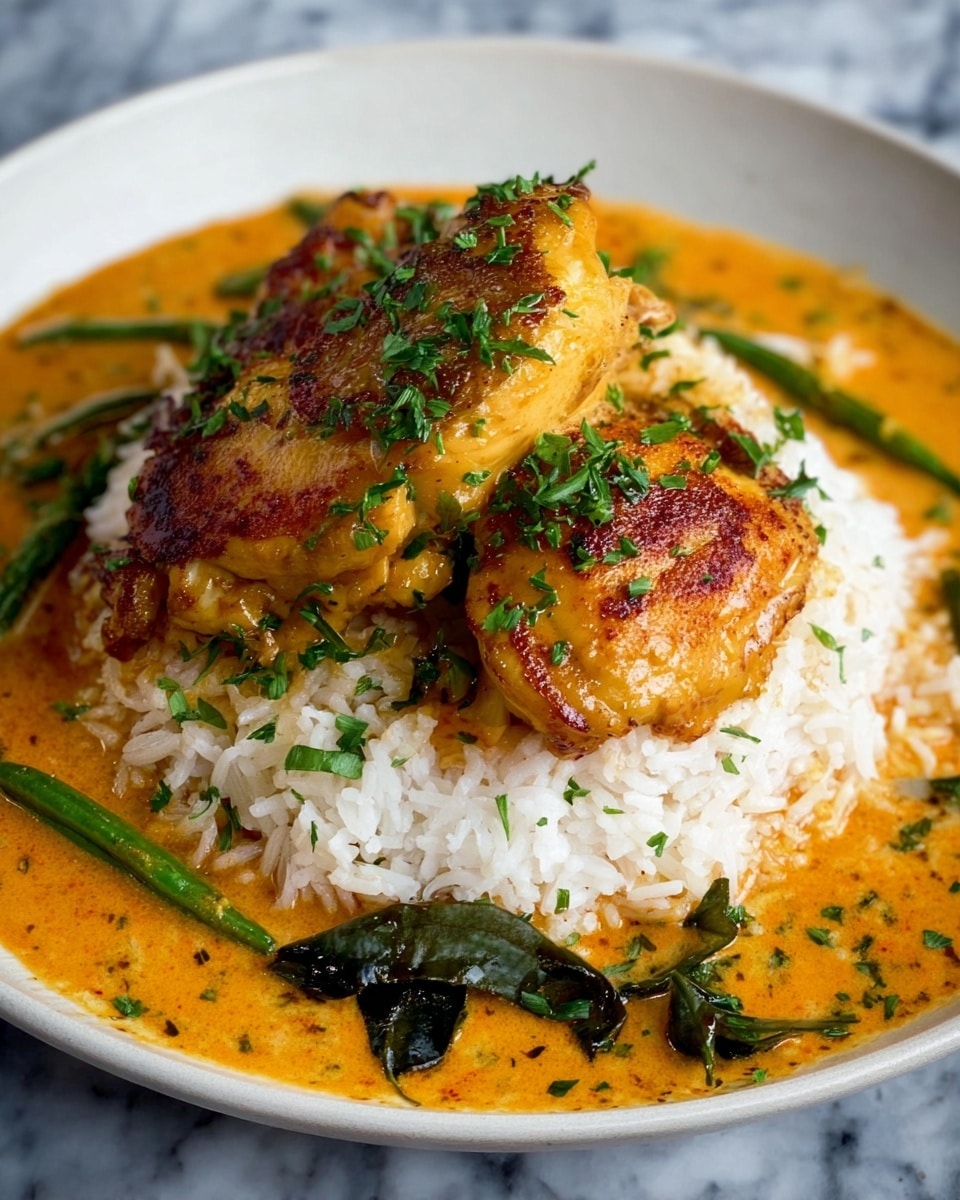
Garnishes
I always top my pheasant curry with a generous handful of freshly chopped coriander—it adds that hit of brightness that contrasts beautifully with the rich sauce. Sometimes, I sprinkle a few toasted curry leaves for an extra crispy herbal punch. A wedge of lime on the side is a nice touch if you want to add your own zing at the table.
Side Dishes
This curry shines best alongside fluffy basmati rice or warm, buttery naan bread to soak up all that spicy coconut sauce. On days when I want something lighter, I might serve it with a simple cucumber raita or steamed greens to balance the richness.
Creative Ways to Present
For a special occasion, I like to serve this curry in individual shallow bowls with a side of saffron-infused rice molded into neat shapes using a small bowl or ring mold. Adding edible flowers or microgreens as garnish adds an elegant touch that always wows my guests. Using banana leaves as a serving platter is a fun way to amp up the rustic, earthy vibe of the dish.
Make Ahead and Storage
Storing Leftovers
I store leftover pheasant curry in airtight containers in the fridge, and it keeps really well for up to 3 days. I noticed the flavors actually deepen overnight, making it a fantastic next-day meal. Just be sure to remove the whole spices before storing so the flavors don’t get too intense.
Freezing
This curry freezes surprisingly well. Portion it out into freezer-safe containers and it will keep for up to 2 months. When freezing, I like to leave the green beans out and add them fresh when reheating to keep their texture intact.
Reheating
To reheat, gently warm the curry on the stovetop over low heat, stirring occasionally to prevent sticking. If the sauce thickens too much, add a splash of water or coconut milk to loosen it. I add fresh green beans towards the end of reheating to bring back that fresh crunch.
FAQs
-
Can I substitute chicken for pheasant in this curry?
Absolutely! While pheasant offers a unique gamey flavor, chicken makes a great alternative and works beautifully with the spices and coconut sauce. Just adjust cooking time as chicken generally cooks quicker than pheasant.
-
What can I use if I can’t find tamarind pulp?
If tamarind isn’t available, you can substitute with fresh lime juice combined with a little brown sugar to mimic the sour-sweet balance, or use a tamarind concentrate dissolved in water. The flavor won’t be exact but will still add pleasant tanginess.
-
Is this curry very spicy?
Not overly spicy—this recipe uses Kashmiri chili powder that adds flavor and color more than intense heat, and the fresh green chili can be adjusted according to your taste. You can easily tone down the heat for a milder version.
-
How do I know when the pheasant is cooked properly?
The legs should be tender and the breast juicy but no longer pink in the center. Overcooking the breast dries it out, so I sear it quickly and add it last to the sauce for just 5 minutes. If you have a meat thermometer, aim for an internal temperature of 74°C (165°F).
Final Thoughts
This Pheasant Curry with Spicy Coconut Sauce Recipe holds a special place in my kitchen because it’s a wonderful way to bring family and friends together around something a little unexpected yet incredibly comforting. It taught me to embrace game meat in a way that highlights its natural flavors without complicating the cooking. If you ever want to impress or just treat yourself to a hearty, aromatic meal that’s a little outside the ordinary, this curry is your go-to. Trust me, once you try it, you’ll be dreaming up different ways to enjoy it for weeks!
Print
Pheasant Curry with Spicy Coconut Sauce Recipe
- Prep Time: 15 minutes
- Cook Time: 35 minutes
- Total Time: 50 minutes
- Yield: 2 servings
- Category: Main Course
- Method: Stovetop
- Cuisine: Indian
Description
This Pheasant Curry recipe features tender pheasant pieces cooked in a fragrant, spicy, sour, and creamy sauce made with tamarind, coconut milk, and a blend of aromatic spices. The curry is enhanced by fresh ingredients like ginger, garlic, shallots, and green beans, offering a delightful twist on traditional curry dishes with game meat.
Ingredients
Pheasant
- 1 Medium (750g) Pheasant
Spices and Seasonings
- ¼ teaspoon Cumin
- ¼ teaspoon Coriander
- ¼ teaspoon Kashmiri Chilli Powder
- ¼ teaspoon Turmeric
- ½ teaspoon Salt (plus extra to taste for the sauce)
- 6 cardamom pods
- ½ teaspoon Fennel Seeds
- 12 Curry Leaves
- 1 Blade Mace
- 1 Cinnamon Stick
- ½ teaspoon Amchoor
Fresh Produce
- 35g (1 medium) Shallot
- 2 Garlic Cloves
- 20g (Half Thumb Sized Piece) Ginger
- 1 Medium (100g) Tomato
- 1 Green Finger Chilli
- 75g (½ Cup) Green Beans
Other Ingredients
- 35g (40mm or 1.5″ Cube) Tamarind pulp
- 1 tablespoon Tomato Paste
- 200g (¾ Cup + 2 Tbps) Tin Coconut Milk
- 100ml (⅓ Cup + 1 Tbsp) Water
- 1 tablespoon Light Brown Sugar
- 2 tablespoon Ghee
- 2 tablespoon Cooking Oil
- Coriander to serve
Instructions
- Prepare the Pheasant: Remove the leg and breast from the pheasant carefully, setting aside the pieces separately.
- Season the Pheasant: In a bowl, mix together cumin, coriander, Kashmiri chilli powder, turmeric, and ½ teaspoon salt. Rub this spice blend evenly over the pheasant pieces to season them thoroughly.
- Prepare Tamarind: Pour 35ml (2 tablespoons) boiling water over the tamarind pulp. Mash with a fork to dissolve and let it sit for 5 minutes to soften and release flavor.
- Chop Aromatics: Cut the shallot in half lengthways, then finely dice it. Mash the garlic cloves into a paste and grate the ginger. Cut the green chilli in half lengthways. Dice the tomato into 5-7mm pieces.
- Cook Spices and Aromatics: Heat 2 tablespoons of ghee in a medium (24cm) saucepan over medium heat. Add curry leaves, green chilli halves, cinnamon stick, cardamom pods, fennel seeds, and mace blade. Cook for 1 minute until fragrant.
- Sauté Shallots, Garlic, and Ginger: Add the diced shallot, mashed garlic, and grated ginger to the saucepan and cook for another minute, stirring frequently.
- Add Tomato and Tomato Paste: Stir in the diced tomato and 1 tablespoon tomato paste. Cook for 2 minutes, stirring regularly to meld flavors and soften the tomatoes.
- Add Liquids and Seasoning: Pour in the coconut milk and water. Stir in brown sugar and amchoor powder, combining all ingredients thoroughly.
- Strain Tamarind: Push the tamarind mixture through a fine-mesh sieve into the pan to remove solids and add the extracted liquid to the sauce. Stir well, taste, and adjust salt if needed.
- Sear Pheasant Legs: In a separate frying pan, heat 2 tablespoons cooking oil over medium heat. Once hot, add the pheasant legs and sear for 2 minutes on each side to develop color and flavor.
- Add Legs to Sauce and Simmer: Transfer the seared legs to the prepared sauce. Reduce heat to low, cover with a lid, and cook gently for 9-10 minutes to allow the pheasant to cook through and absorb flavors.
- Sear Pheasant Breast: Using the same pan, sear the pheasant breast pieces for 1-2 minutes on each side. Then transfer them to the sauce and cook for 5 minutes on low heat with the lid on.
- Add Green Beans: Cut green beans into 7.5cm lengths and add them to the curry. Cook for a final 2 minutes, allowing them to remain crisp-tender.
- Serve: Remove the mace, cardamom pods, and cinnamon stick from the curry before serving. Garnish with fresh coriander leaves. Serve hot as a flavorful main dish.
Notes
- Game meat like pheasant is not a conventional choice for curries but brings unique flavor and texture to the dish.
- The tamarind adds a distinct sour element that balances the richness of the coconut milk and spices.
- Remove whole spices like mace, cardamom, and cinnamon stick before serving to avoid overpowering bites.
- Adjust the level of heat by modifying the amount or type of chilli used according to taste.
- The dish pairs well with steamed basmati rice or flatbreads for a complete meal.
Nutrition
- Serving Size: 1 serving
- Calories: 872
- Sugar: 18 grams
- Sodium: 682 milligrams
- Fat: 65 grams
- Saturated Fat: 33 grams
- Unsaturated Fat: 27 grams
- Trans Fat: 0 grams
- Carbohydrates: 35 grams
- Fiber: 5 grams
- Protein: 47 grams
- Cholesterol: 146 milligrams

